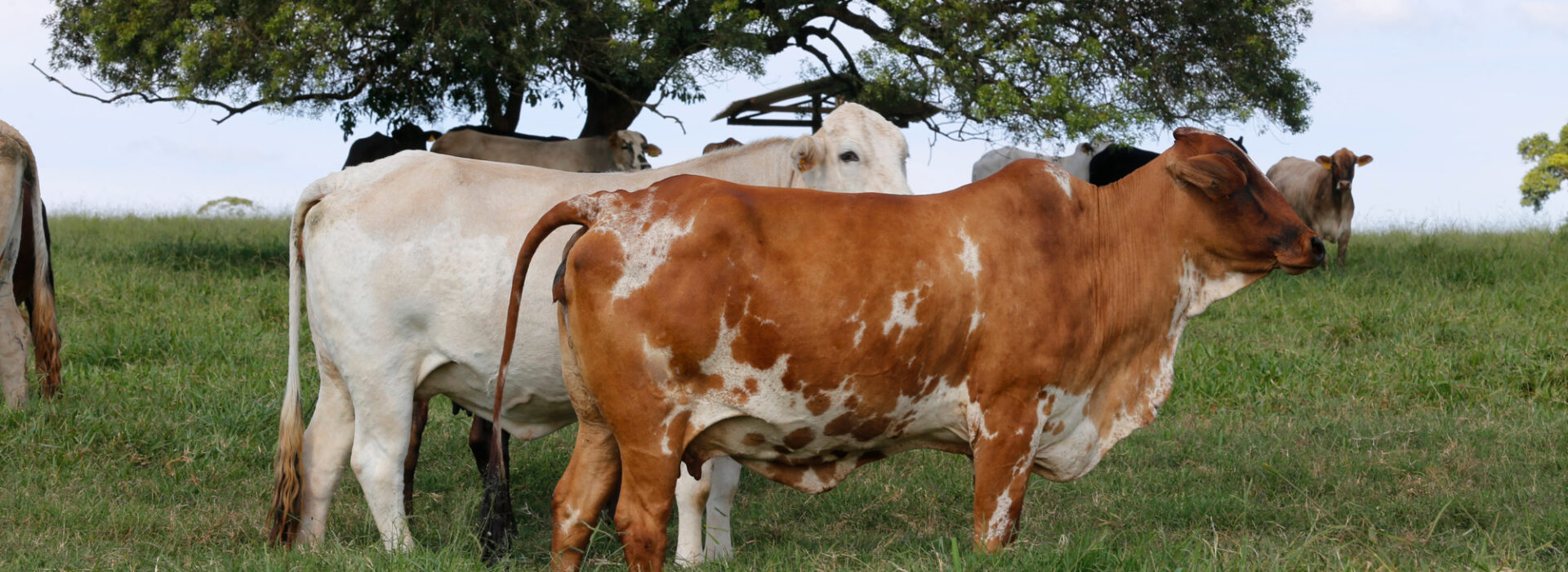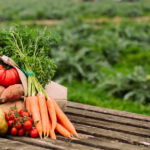Ensuring that dairy livestock are raised organically involves following strict guidelines that prioritize animal health, environmental sustainability, and the quality of the milk produced. Whether you’re a farmer looking to sell organic milk or a consumer aiming to understand what goes into organic dairy production, this guide will walk you through the essential practices involved.
Land Management
Organic dairy farming starts with the land. The fields used for grazing and growing livestock feed must be free from synthetic chemicals and pesticides for several years. This commitment to chemical-free farming helps maintain soil health and promotes the growth of nutritious forage for the animals.
Livestock Origins
Farmers have two primary ways to start with organic dairy production:
- Transitioning Existing Herds: This involves managing an existing herd according to organic practices over a set period.
- Purchasing Organic Herds: Buying animals that have been raised under organic conditions from birth or early stages.
Feeding Practices
Feeding livestock organically is crucial for producing high-quality organic milk. The animals must be given 100% organic feed, which includes grains and forage that are grown without synthetic chemicals.
Accepted Feeding Practices:
- Feeding only organically grown grains and forage.
- Using approved natural supplements and vitamins.
- Ensuring all feed is free from synthetic additives and animal by-products.
Caring for Young Stock
Young ruminant animals, such as calves, need special care. They must be fed organic milk and organic feed from birth. The use of conventional milk replacers or medicated grains is not allowed.
Health Care Practices
Maintaining animal health is a top priority in organic dairy farming. This involves:
- Choosing breeds that are naturally resistant to local diseases and parasites.
- Providing balanced nutrition and ample exercise.
- Ensuring clean, comfortable housing with proper ventilation.
- Using preventive health measures and natural remedies.
Prohibited Practices:
- Avoiding the use of growth hormones.
- Withholding treatment from sick animals to maintain their organic status.
- Using synthetic medications unless absolutely necessary for the animal’s well-being.
Antibiotic Use
In emergencies, antibiotics may be used to save an animal’s life or prevent suffering. However, animals treated with antibiotics must be clearly identified, and their milk cannot be used in organic products.
Living Conditions
Organic livestock must be kept in environments that support their natural behaviors and health. This includes providing:
- Access to the outdoors, fresh air, and sunlight.
- Adequate shelter and clean, dry bedding.
- Sufficient space to move freely and graze.
Pasture Management
Ruminant livestock, such as cows and goats, should graze on pasture for a significant portion of the year. The pasture must provide at least 30% of the animals’ dry matter intake during the grazing season, which should last at least 120 days annually.
Accepted Practices:
- Temporary confinement during bad weather or health issues.
- Ensuring pastures are of high quality and well-managed.
Prohibited Practices:
- Over-reliance on stored forages during the grazing season.
- Providing poor quality or insufficient pasture.
Conclusion
Raising dairy livestock organically is a commitment to animal welfare, environmental sustainability, and the production of high-quality milk. By adhering to these organic practices, farmers can ensure their products meet the high standards that consumers expect from organic milk. For consumers, understanding these practices provides assurance that the milk they purchase is produced in a manner that supports healthy animals and a healthy planet.












